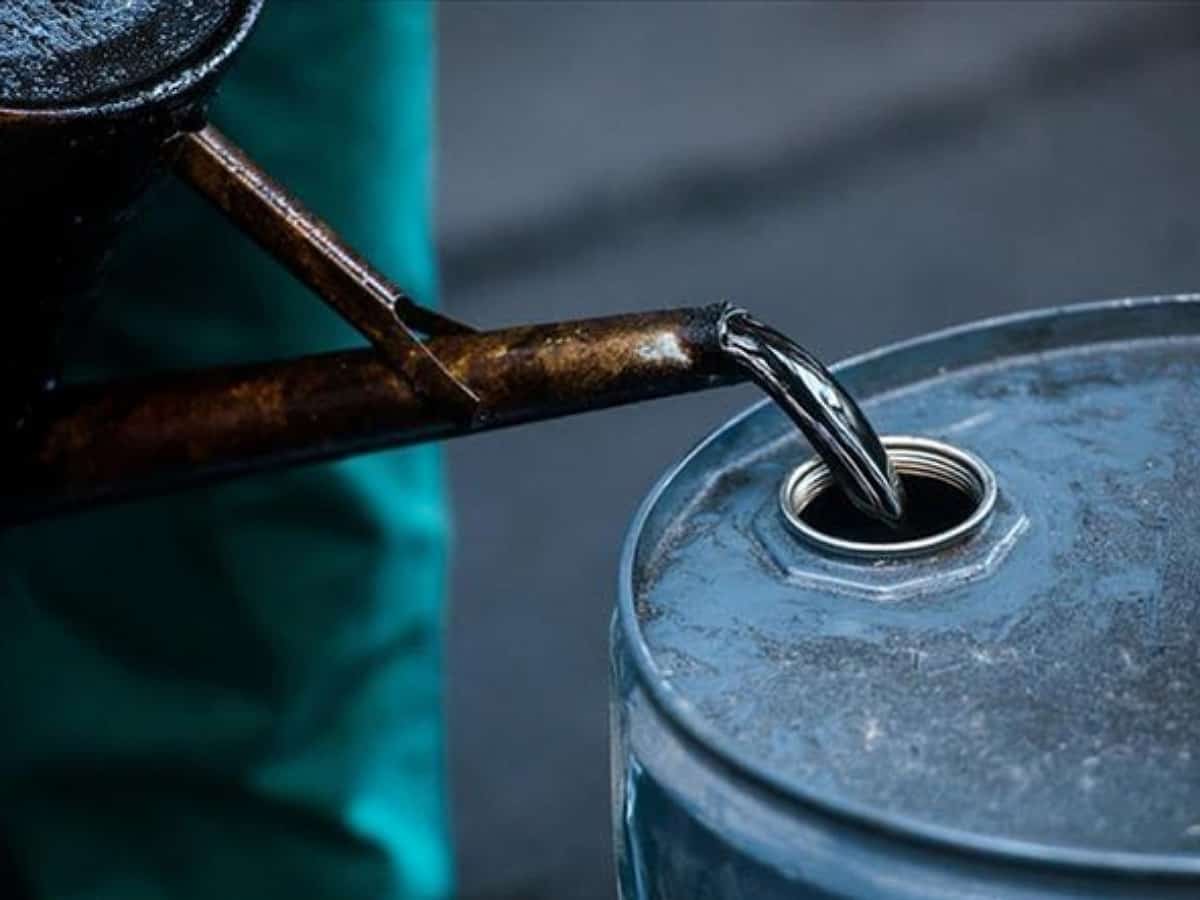
In a historic step, India, the world’s third largest energy consumer, for the first-time ever paid the United Arab Emirates (UAE) in rupees for the purchase of crude oil. This could suggest a strategic move to improve the rupee’s global standing, and gradually phasing out dependence on petrodollar.
India plans to establish similar deals with other suppliers and promote rupee Internationalisation, but officials emphasise a gradual process with no specific goals, as reported by PTI.
On July 11, 2022, Reserve Bank of India (RBI) has decided to permit importers to make payments in rupees and exporters to receive payments in local currency.
In July this year, India formalised an agreement with the UAE to settle in rupees. After this, Indian Oil Corporation (IOC) paid to buy one million barrels of crude oil in Indian rupees from Abu Dhabi National Oil Company (ADNOC).
In addition, some Russian oil imports have also been made at a rate of rupees.
Why global rupee important for India?
India is dependent on imports for more than 85 percent of its oil needs, which necessitates the introduction of payment for crude oil in rupees.
The Indian economy could be less affected by global monetary shocks by internationalising the rupee, as it would reduce the need for large-scale dollar payments.
Risks, limits to payment in rupee
India has introduced a rupee-based system for oil purchases since 2022, with the Reserve Bank taking steps to ensure it doesn’t increase costs or harm businesses.
An official warns that settling deals in rupees may not be suitable for large amounts, but issues may arise for crude oil ships worth millions of dollars.



